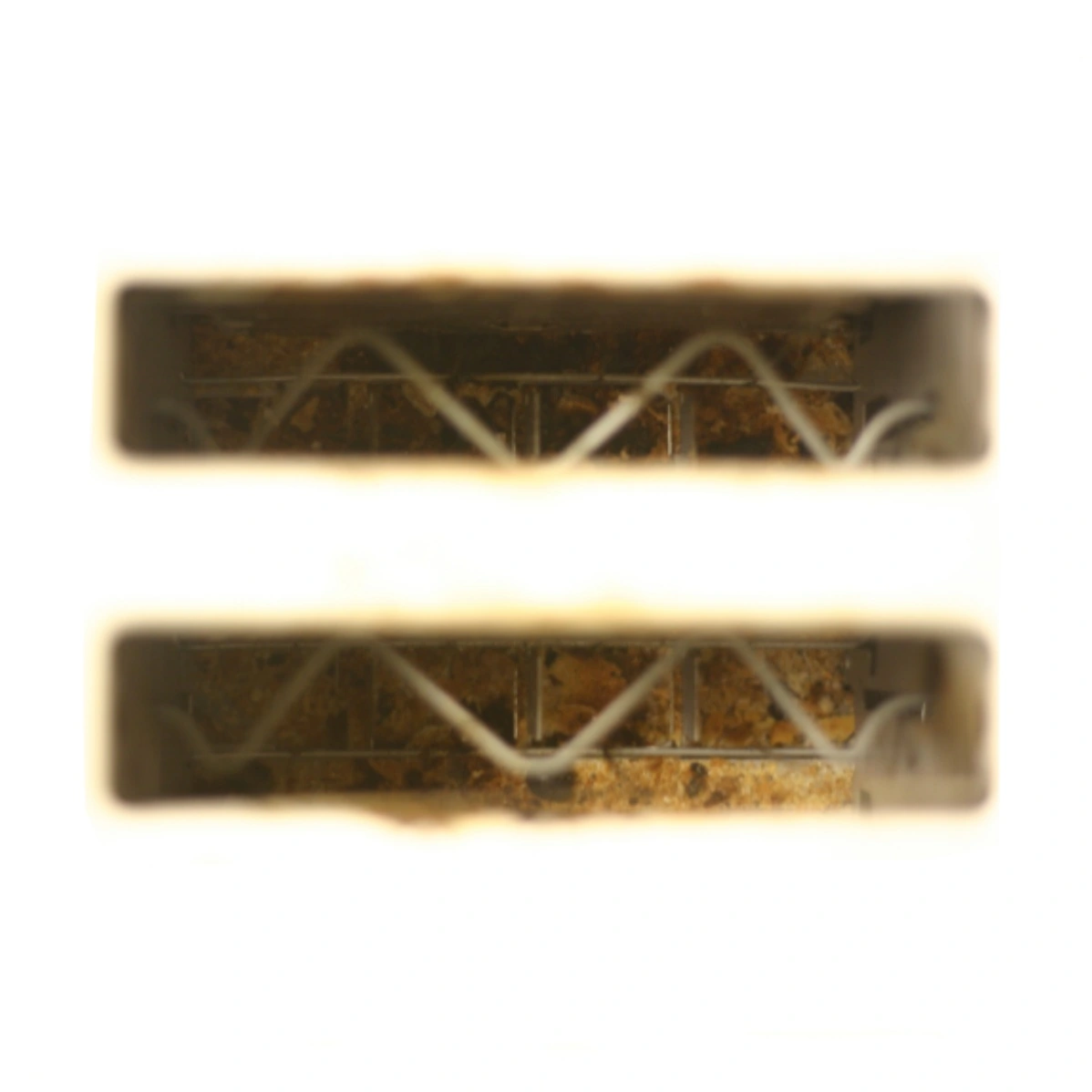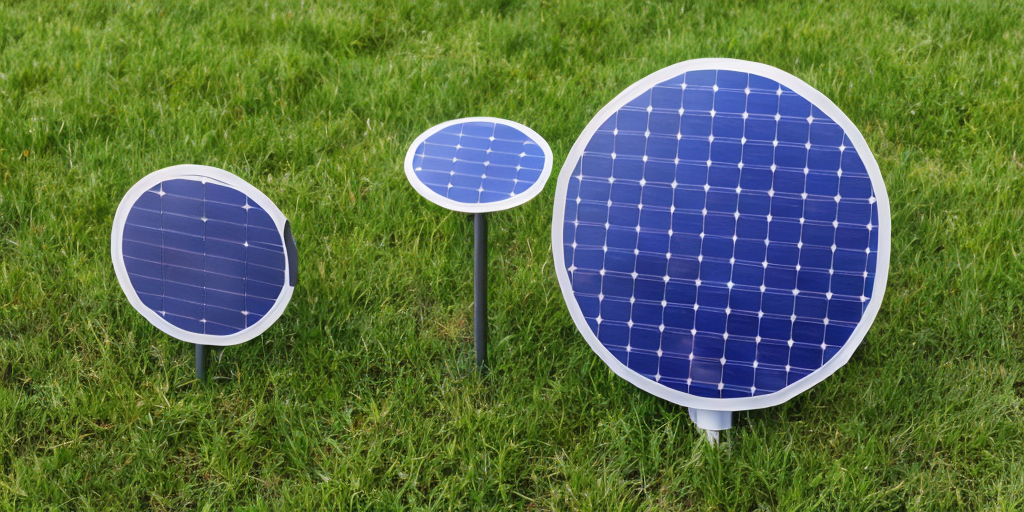The Renogy Wanderer states that it is optimized for 10A, 12V/24V batteries. What would happen if it was connected to a battery pack containing one 3.6V 18650 battery such as this?
What would happen if it was connected to a battery pack containing one 3.6V 18650 battery such as this?
There are many reasons why this would not work. The first one is 3.6v is not enough voltage to boot the solar charge controller in the first place.
Perhaps you could tell us what you are trying to accomplish.
Renology Wanderer
There is no L in Renogy.
Note: I do not own any Renogy gear but have had hands on many of their components (including a Wanderer) and found all to work as designed.
I came upon a 10W 12V panel and the aforementioned charge controller for cheap, so I am trying to find a battery to power some of my homelab equipment (doesn’t need to be high availability ofc). I found a local seller of a LiFePO4 Battery which is 12V 9Ah. Seeing as the voltage matches, is this a decent option?
Nominal 12v panel + nominal 12v battery is good, and the Wanderer will charge LiFePO4 with a canned profile IIRC.
Here’s the next hurdle: I’d expect a 10w panel on PWM to max at ~7w under excellent conditions; we could estimate this more accurately better if we knew the panel specs. And the controller will require a certain amount of power to run its own innards. The Wanderer 10A specs say
Self-consumption <10mAbut this may be with the panel[s] disconnected, or when the panels are connected but there is no PV input. Or it may really be <10mA in all cases; not much electronics inside a PWM compared to MPPT. If you do it please report back with what you find.These kinds of challenges are common in very small (experimental, learning) solar setups; when the numbers get larger this kind of challenge largely gets lost in the noise of bigger numbers.
Thank you, this is really useful information. I found the panel specs:

Isc 0.61A
We can ballpark maximal/theoretical harvest by multiplying the bank voltage (Vbatt) by the panel’s short circuit current (Isc).
- Vbatt 10.0v - ~0% SoC = ≤6.1w (Isc 0.61A x Vbatt 10.0v)
- Vbatt 13.0v - ~50% SoC = ≤7.93w
- Vbatt 14.0v - 100% SoC = ≤8.54w
Real world conditions and esoteric concepts like I/V curve fill factor will conspire to depress observed current (A) and therefore observed harvest (W). The quick math to above is just to illustrate how the bank voltage tail wags the PWM dog.
Keep us in the loop about how the project turns out. :-)


